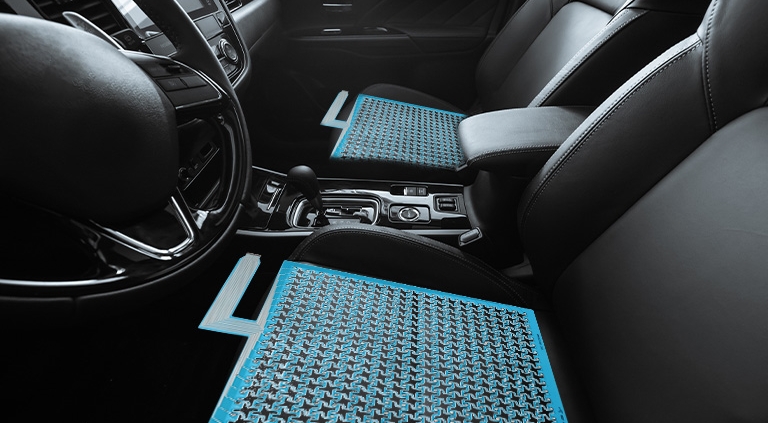As the automotive industry continues to evolve, smart cars are gradually becoming a key trend in the future of transportation. In addition to focusing on automation and safety, smart cars increasingly emphasize the comfort and personalized experience of both drivers and passengers. Smart seats, as an essential component of this, are playing an increasingly important role. Within smart seats, thin film pressure sensors have emerged as a crucial technology due to their unique advantages.
Principles and Advantages of Thin Film Pressure Sensors
Thin film pressure sensors detect changes in pressure to sense contact with an object. The core component of these sensors typically consists of one or more layers of piezoelectric or resistive materials. When external pressure is applied, these materials undergo changes in resistance or charge, generating corresponding electrical signals. These signals can be processed by electronic devices to determine the magnitude and distribution of the pressure.
Thin film pressure sensors offer several significant advantages:
- High Sensitivity and Accuracy: These sensors can detect even the slightest pressure changes, ensuring precise detection of a passenger’s posture in the seat.
- Lightweight and Flexible: Made from thin film materials, the sensors can be extremely lightweight and flexible, allowing them to seamlessly integrate with the seat without affecting its aesthetics or comfort.
- Fast Response Time: The sensors have a rapid response time, enabling real-time monitoring of pressure changes, which is crucial in dynamic pressure detection scenarios.
- Low Power Consumption: With low power requirements, these sensors are ideal for use in automotive systems that need to operate continuously over extended periods.
Application Scenarios in Smart Car Seats
Thin film pressure sensors are widely applicable in smart car seats, enabling various intelligent functions that enhance both the driving and riding experience.
- Automatic Seat Adjustment: By detecting the distribution of a passenger’s weight and posture, the system can automatically adjust the seat’s position, tilt angle, lumbar support, and other parameters to provide the most comfortable seating position, reducing fatigue during long drives.
- Enhanced Safety: Thin film pressure sensors can monitor whether the passenger is seated correctly and whether the seatbelt is fastened. If any irregularities are detected, the system can issue a warning. Additionally, in the event of an accident, the sensors can quickly detect the impact force and work with airbags and other systems to respond promptly, ensuring passenger safety.
- Passenger Recognition and Personalized Settings: By combining pressure sensors with other sensors, smart seats can identify a passenger’s identity (e.g., weight, height) and automatically adjust the seat settings, such as temperature control and massage modes, according to their preferences, offering a personalized riding experience.
- Health Monitoring and Feedback: Thin film pressure sensors can be integrated with other biometric sensors (such as heart rate sensors) to monitor the passenger’s health status, such as heart rate and posture. When unhealthy posture or signs of fatigue are detected, the system can issue reminders to help the passenger adjust their posture or take a break.
Future Outlook
With ongoing advancements in technology, the application prospects of thin film pressure sensors in smart car seats are vast. In the future, these sensors may integrate more functions, such as combining with artificial intelligence technologies to create even more intelligent seat management systems. As manufacturing costs decrease and technology becomes more widespread, thin film pressure sensors are likely to be widely adopted in mid- to low-end car markets, allowing more consumers to enjoy the convenience and comfort of smart seats.
In summary, as a key technology in smart car seats, thin film pressure sensors are driving the automotive industry towards a more human-centered and intelligent future. As this technology continues to mature, future car seats will not just be a place for people to sit but a vital module that interacts with passengers and enhances the overall riding experience.



